You want results, and you want them to last. Whether you're just starting your fitness journey or looking to enhance an already-established regimen, knowing what actually works can save you years of trial and error. That’s why we’ve compiled this powerhouse guide—fueled by professional insights, up-to-date research, and smart techniques from elite trainers. These 50 tips go beyond typical advice to show you how to sculpt your dream body in a way that’s sustainable, motivating, and even enjoyable.
So grab your gym shoes, your mindset, and maybe a pen. These tips are about to change how you train and how you feel doing it.

1. Stick With a Routine (At Least for 2 Weeks)
Consistency is often what separates results from regrets. A 14-day rhythm can rewire your mind and body. According to a study from the University of Florida, people who changed their workouts every two weeks—not randomly or too frequently—were significantly more likely to keep going with their fitness plans. The key wasn’t just novelty—it was structured variety. So give your new plan a couple of weeks before switching it up. You'll find motivation builds as routine becomes habit.

2. Train That Glute Power
Your backside isn’t just about looks—it’s a powerhouse for posture, performance, and injury prevention. Miami-based coach Marta Montenegro suggests ending leg day with 100 nonstop kettlebell swings using moderate weight. Can’t get your hands on a kettlebell? Swap in deadlifts and hip thrusts. Both moves ensure your glutes, hamstrings, and stabilizing leg muscles do the heavy lifting—whereas squats alone often default to the quads. The result? Stronger movement patterns and a lifted, sculpted lower body.

3. Don’t Skip the Most Crucial Meal
Forget breakfast—it’s your post-workout recovery meal that truly matters. Many people, especially women, avoid eating after exercise to “preserve the burn.” Big mistake. Amanda Carlson-Phillips, VP of Nutrition at Core Performance, recommends fueling within 30 minutes with 10–15 grams of protein and 20–30 grams of carbs. This combo not only jumpstarts recovery but also helps you build lean muscle and maintain energy—so you don’t crash later.

4. Focus on the Mind-Muscle Connection
Zoning out during workouts might make time pass faster, but it kills your progress. “There’s a major difference between just doing reps and consciously engaging your muscles,” says NYC trainer Kira Stokes. The magic is in the awareness. Think about the contraction. Visualize the movement. This not only strengthens your neuromuscular connection but maximizes gains by ensuring every rep counts. So ditch distractions—your muscles will thank you.
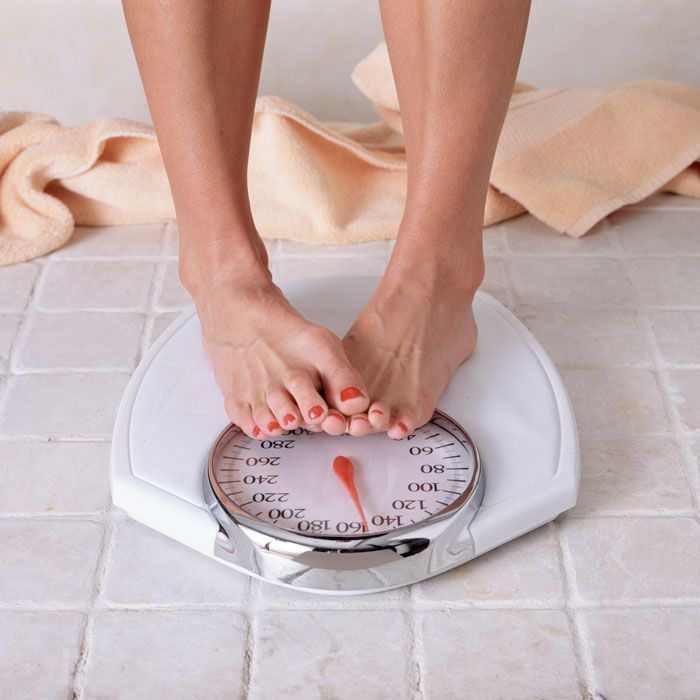
5. Set Flexible Fitness Targets
We’ve all been there: aiming for that perfect number on the scale. But research shows flexible goal ranges—like losing 5–10 pounds instead of an exact figure—lead to better results. According to the Journal of Consumer Research, people with more forgiving goalposts stayed committed longer and felt more accomplished along the way. Perfectionism might sound motivating, but flexibility keeps things realistic and sustainable.

6. Shorten Your Stride to Speed Up Safely
Running in winter? You might think you need to slow down, but that’s not the smartest move. Coach Terry Chiplin recommends speeding up your cadence instead. Aim for 90 footfalls per minute per leg. This helps your feet land beneath your center of mass, reducing the chance of slipping on slick terrain. It’s about stride frequency—not length—that keeps you grounded and efficient.

7. Hang Out—Literally
Can’t do a pull-up? No problem. Just hanging from the bar is a full-body isometric workout. “Hanging still recruits your arms, abs, hips, and lower back,” says Montenegro. For more burn, slowly move your legs in circles or up and down. It builds grip strength too—which has been linked to longevity and functional fitness in countless studies.
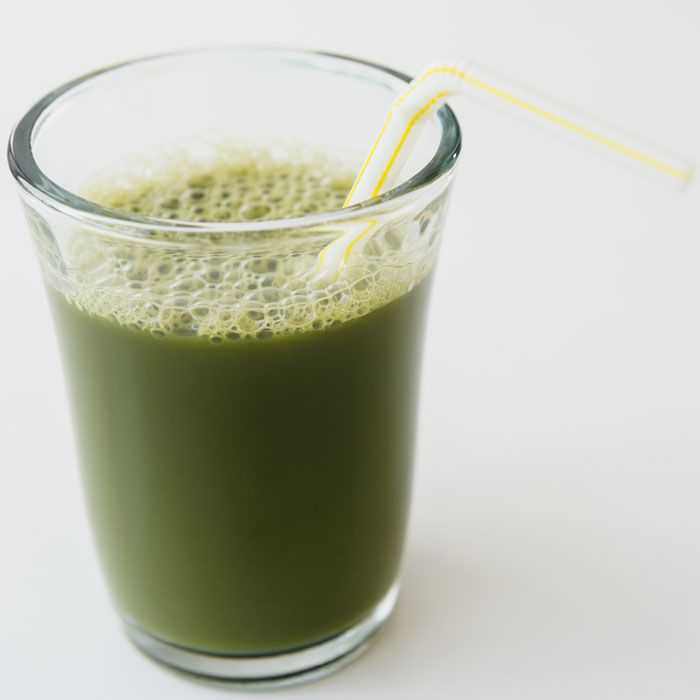
8. Skip the Crash Diets
Juice cleanses and extreme calorie restriction might seem like shortcuts, but they trigger hormonal stress. A 2010 study showed women on 1,200-calorie diets experienced elevated cortisol, the primary stress hormone. High cortisol is tied to weight gain, heart disease, and immune issues. The takeaway? Eat enough to fuel your body. Undernourishment leads to burnout, not results.

9. Keep That Swimsuit Close
Out of sight, out of mind? Not when it comes to fitness goals. Fitness expert Tanya Becker recommends keeping your bikini or swimsuit handy all year. Try it on regularly as a subtle reality check. You’ll be less tempted to overeat, and more motivated to stay active. It’s not about shame—it’s about staying connected to your long-term vision.

10. Spice Up Your Cold-Weather Runs
Adding chili peppers to your winter meals might actually improve your performance. Capsinoids, found in sweet chili peppers, stimulate brown fat—the fat that burns calories. According to the Journal of Clinical Investigation, combining capsinoids with chilly temps helps increase metabolic rate. So sprinkle some pepper into your stir-fry before heading into the cold for that outdoor run.

11. Avoid the Workout Rut
Doing the same workout repeatedly? That’s a plateau waiting to happen. “Change doesn’t come from doing more of the same,” says Born Fitness founder Adam Bornstein. Challenge yourself: Increase weight, reduce rest time, or add reps. These small tweaks force your body to adapt—and adaptation means growth. Aim to evolve every session, even slightly.

12. Add Peppermint to Your Routine
Yes, peppermint. A study published in the Journal of the International Society of Sports Nutrition found that peppermint oil can improve performance by relaxing muscles, increasing oxygen flow, and boosting pain tolerance. Just one drop in water before exercise may help you run longer and feel better doing it. A refreshing edge, literally.

13. Train Smarter With the 2:1 Rule
High-intensity interval training is one of the most effective fitness tools available—but only when done right. Researchers at Bowling Green State University found that a 2:1 work-to-rest ratio (e.g., sprint 1 minute, rest 30 seconds) maximizes fat burn and cardiovascular benefits. Let your perceived exertion guide your intensity. And remember—rest isn’t weakness, it’s science.

14. Prioritize Perfect Form
Speed and reps mean nothing if your form falls apart. According to Stokes, the quality of movement should always come before quantity. Learn the basics. Nail your posture. Then you can ramp up the pace and weight. Good form doesn’t just protect you from injury—it unlocks the full benefit of every exercise.

15. Think Short-Term Wins
It’s easy to get lost in long-term goals and feel overwhelmed. Instead, break it down. As fitness coach Michael Snader advises: “Focus on winning the day.” That could mean hitting your water target, finishing a short workout, or eating a solid breakfast. Momentum is built on small victories, not distant finish lines.
Continuing with the next set of rewritten fitness tips:

16. Partner Up for More Progress
Working out with a friend does more than keep you accountable—it actually boosts your results. A UK survey of over 1,000 women found that those who exercised with a buddy trained six minutes longer per session and burned an extra 41 calories on average. The shared energy, friendly competition, and extra motivation from a workout partner can make every session more productive—and more fun.

17. Find Deeper Motivation
Saying no to that cupcake or dragging yourself out for a run in the cold takes more than willpower. It takes emotional connection. Registered Dietitian Tara Gidus suggests linking your health goals to the people you care about. Think of how being stronger, more energetic, and mentally sharp improves your relationships, your family life, and even your confidence. When motivation comes from something deeper, it sticks.
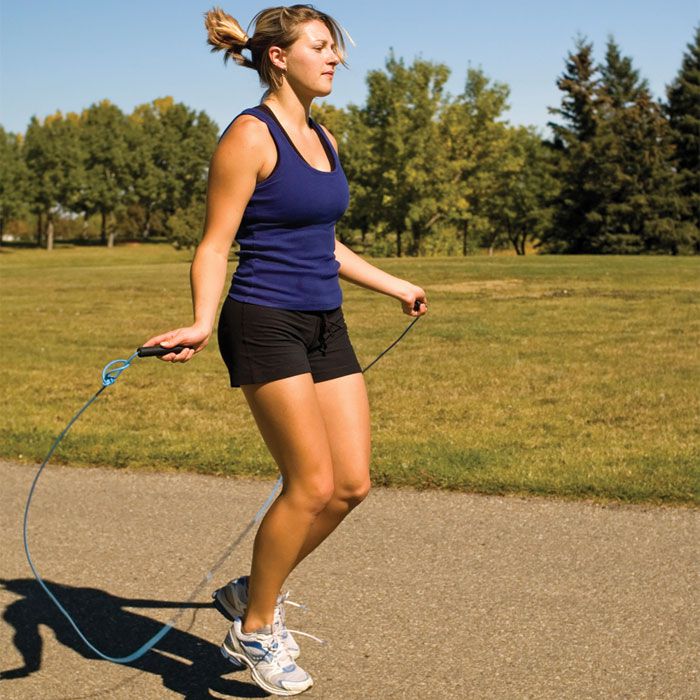
18. Jump Into the Old School Way
One of the most overlooked fitness tools? A jump rope. “Boxers use it daily for a reason,” says CrossFit trainer Landon LaRue. It's cheap, portable, and burns around 200 calories in just 20 minutes. Plus, it boosts coordination, cardiovascular endurance, and even brain function. Rope skipping isn’t just for playgrounds—it’s for power.

19. Listen to Real Hunger Cues
We eat for many reasons—and real hunger is often last on the list. Elle Penner, R.D., recommends checking in with your body before eating just because food is available. If your stomach isn’t grumbling, sip something warm like tea and wait. Listening to your body instead of your environment can help you eat mindfully, reduce overeating, and enjoy food more when you truly want it.

20. Head Outside—Even in the Cold
Cold-weather workouts have a secret bonus: higher calorie burn. According to the National Institutes of Health, your body can burn up to 7% more calories in colder temperatures as it works harder to maintain heat. That half-hour jog in the brisk air could torch more fat than the same one indoors. Bundle up and embrace the chill—it pays off.
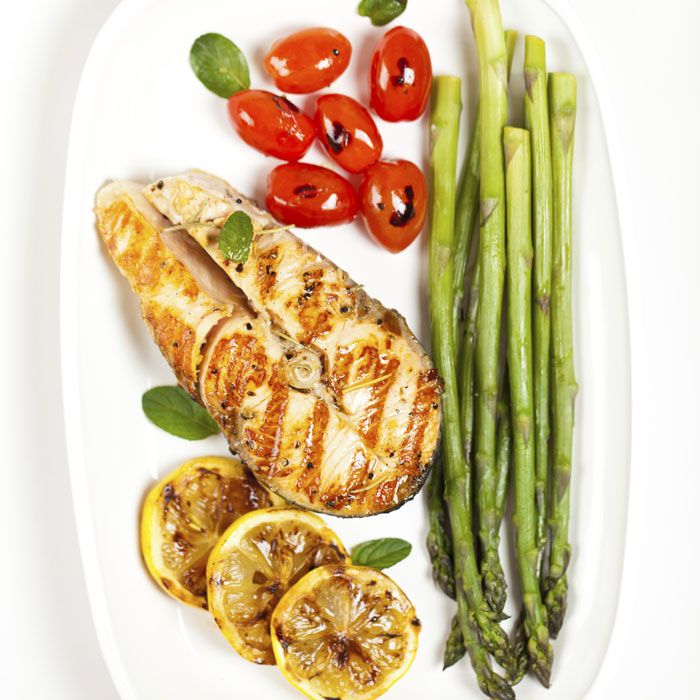
21. Plate Size Matters More Than You Think
Forget measuring cups and complicated portion guides. Try this simple visual cue: Use a regular dinner plate, and make sure no foods are touching each other. If everything fits comfortably with space in between, you’re likely in the right range. Michael Snader swears by this trick as an intuitive way to gauge portion control without turning dinner into a math exam.

22. Lock in a Mantra That Moves You
Self-talk isn’t fluff—it’s neuroscience. European researchers found that motivational mantras reduced perceived exertion during workouts, allowing participants to train harder and longer without realizing it. So whether it's “I’ve got this” or “one more rep,” repeat something powerful when the burn kicks in. Words shape mindset, and mindset shapes results.

23. Double Up for Bigger Gains
Contrary to popular belief, tackling diet and exercise at the same time doesn’t backfire—it actually amplifies success. A Stanford study revealed that those who adjusted both habits together were more likely to stick with them and hit their goals faster than those who tried one at a time. It’s not about overwhelming yourself—it’s about creating synergy.

24. Move to Your Own Rhythm
Listening to your favorite playlist can fuel workouts—but making your own music might take it further. A German-Belgian study showed that people who created music (even just humming or singing) while training pushed harder without feeling as fatigued. So hum a beat, whistle a tune, or find a rhythm that keeps you engaged—it can elevate your endurance without extra effort.
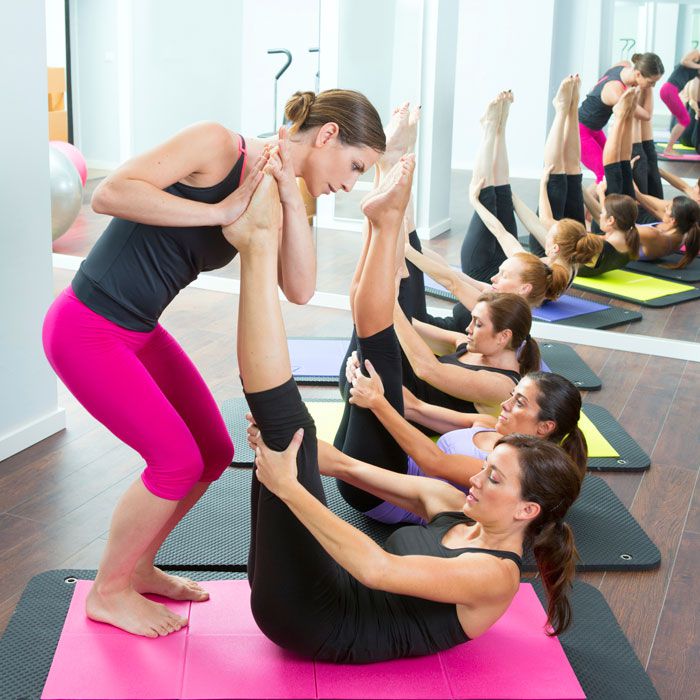
25. Choose a Trainer You Actually Like
Finding a fitness coach who energizes you is half the battle. Tanya Becker recommends choosing instructors whose energy clicks with yours. Whether it’s an in-person Pilates class or an online YouTube trainer, that connection makes all the difference. If you look forward to seeing them—even virtually—you’ll be more consistent, which means better results.

26. Harness the Power of a Simple Text
Motivational texts aren’t just for inspiration memes—they can actually spark behavior change. In a 12-week study at Virginia Commonwealth University, participants who received health-focused text messages twice a week lost more weight and stuck to healthy habits better than those who didn’t. Want to try it? Set reminders on your phone or text a fit friend to swap goals and encouragement.

27. Go Heavy or Go Home (Smartly)
Strength training only works if you challenge your body. Trainer Noah Abbott recommends incorporating compound lifts like squats, deadlifts, and overhead presses, and increasing weight gradually—2 to 5 pounds a week. Short, intense sets (3–5 reps, 3–5 sets) stimulate strength gains without bulking. The goal is function and power—not exhaustion.

28. Take Time to Breathe and Be Present
Meditation isn’t just a mental wellness tool—it’s a recovery booster. “Five to ten minutes a day can help your body and mind reset,” says fitness coach Mark Fisher. Simple breath-focused moments lower cortisol levels, reduce muscle tension, and enhance focus. Think of it as a recovery set for your nervous system.

29. Train in Every Direction
Most of us move up-down or front-back. But real-life movement—and elite athleticism—demands lateral strength too. Kira Stokes suggests incorporating side lunges, cariocas (that grapevine move), and jumping jacks to hit muscles that traditional exercises miss. When you train in all planes of motion, you become stronger, more agile, and less injury-prone.

30. Power Through Mental Fatigue
Your brain can make your body feel tired—even when it’s not. A study in Medicine & Science in Sports & Exercise showed that people who played mentally draining computer games reported workouts as harder, even though their physical performance didn’t change. If you feel drained after work, remind yourself: your muscles are still capable. Push past the mind fog.
Continuing with the next batch of rewritten tips:
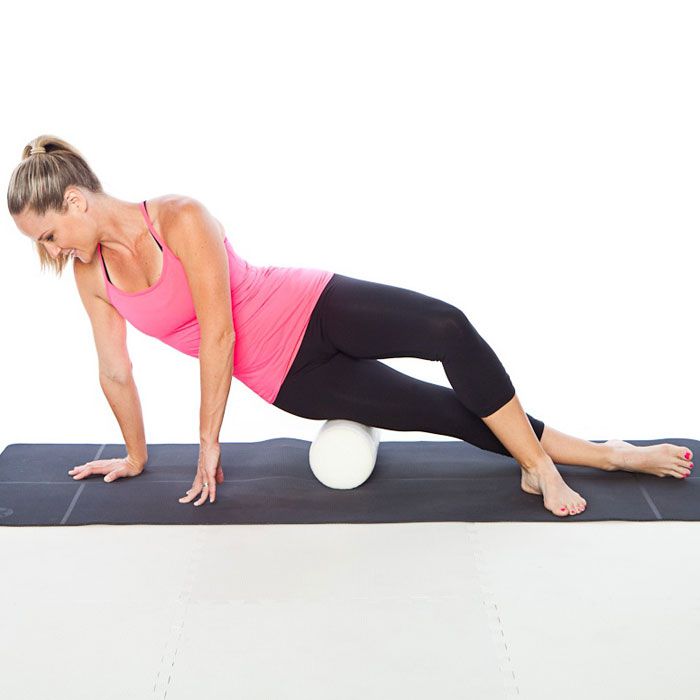
31. Roll Before You Stretch
Foam rolling—also called myofascial release—is one of the best ways to prep your body for a workout. Unlike stretching, which targets lengthening muscle fibers, rolling improves tissue quality and mobility. Rob Sulaver of Bandana Training recommends 5 minutes of rolling pre-workout to loosen tight spots, enhance blood flow, and reduce soreness. Think of it as maintenance for your muscle system—your body will move better and feel stronger.

32. Choose Your Dining Companions Wisely
Believe it or not, your dinner date can influence your food choices more than you think. A study presented at an agriculture conference found people often mimic the eating habits of those they’re with. If your companion opts for greasy apps and sugary drinks, you’re more likely to follow. But the reverse is also true—eating with a health-focused friend can naturally guide you toward smarter choices without forcing it.

33. Retail Therapy with a Purpose
Buying a new pair of sneakers or stylish gym leggings might sound indulgent, but it can actually recharge your motivation. Fitness ambassador Holly Perkins swears by this tip: new gear creates excitement and a fresh sense of commitment. If you’ve been skipping the gym lately, a wardrobe refresh could be the spark you need to show up stronger.

34. See It Before You Become It
Visualization is a powerful mental tool. Celebrity yoga coach Gwen Lawrence advises spending five minutes a day picturing your ideal self—toned, healthy, and confident. This mental practice activates subconscious processes that influence your decisions and behaviors. When you believe you can be that version of yourself, your actions will align with that vision naturally.

35. Burn Fat the Gentle Way
You don’t have to push through sweat-dripping workouts every day to see fat loss. A study from the American Diabetes Association found that restorative yoga—focused on deep breathing and relaxation—helped participants lose more subcutaneous fat over a year than those who only stretched. The secret? Lowering stress hormones like cortisol, which are linked to weight retention, especially around the belly.

36. Bet on Your Success
Money can be a powerful motivator. In a year-long Mayo Clinic study, people who received financial rewards for weight loss dropped significantly more pounds than those who didn’t. Apps like HealthyWage and stickK let you place bets on your goals—if you win, you get paid. If you fail, you lose your stake. Turns out, having skin in the game can light a fire under your fitness goals.
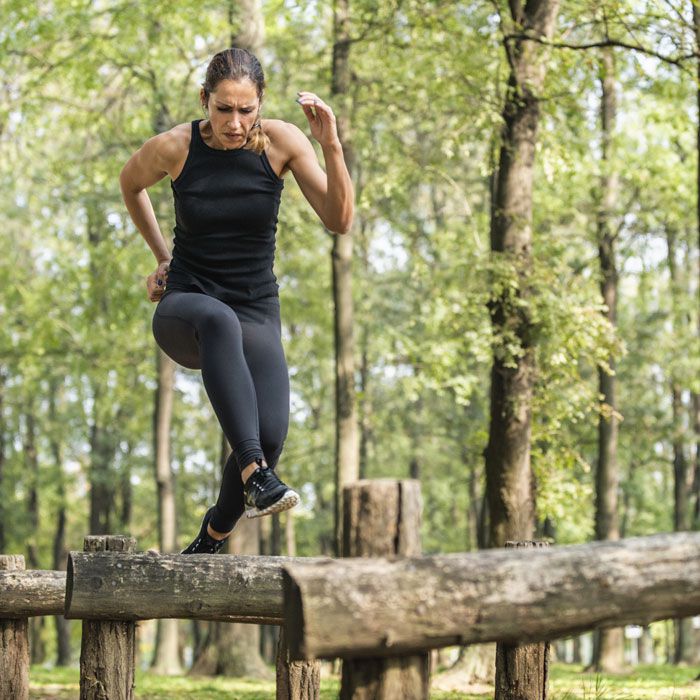
37. Finish With a Burst
Your final moments in a workout can redefine your pace, your attitude—and your progress. Coach Terry Chiplin suggests ending each run or ride with a strong 60-second push. It might seem small, but it instills a “finish strong” mindset and trains your body to deliver under fatigue. Plus, it builds mental toughness, and that’s where champions are made.

38. Pile Your Plate with Plants
According to a five-year study, people on plant-based diets tend to be slimmer—even when their calorie intake is similar to meat-eaters. Why? Vegetarians generally consume more fiber and less saturated fat, helping the body feel fuller and function better. You don’t have to give up meat completely, but shifting toward produce-heavy meals might move the scale in your favor.

39. Compress and Conquer the Cold
If you’re braving chilly outdoor workouts, your first layer matters more than you think. Compression fabrics, especially as base layers, help wick moisture away while keeping warmth in. Coach Chiplin recommends GORE-TEX or similar materials—and for an added comfort boost, toss them in the dryer for a minute before heading out. Warm muscles perform better and recover faster.

40. Match Your Routine to Your Nature
Trying to force yourself into a schedule that clashes with your natural rhythm is a setup for failure. Yoga expert Tara Stiles advises syncing workouts with your personal clock. If you’re a morning person, hit the gym early. If you’re most alive at night, plan your sessions accordingly. Don’t fight your biology—use it to your advantage.

41. Join the Fitness Community
Even if you’re a solo lifter or runner, adding a group fitness class to your week can deliver surprising benefits. Social connection can boost mood, motivation, and consistency. Sports psychologist Greg Chertok emphasizes that positive emotional contagion—the effect of being around high-energy, supportive people—can turn an average workout into a great one.

42. Sleep Off the Cravings
Getting a solid 7 to 9 hours of sleep isn’t just about rest—it’s a secret weapon against weight gain. A study in the Proceedings of the National Academy of Sciences showed that women who slept well consumed fewer unnecessary calories. When you're tired, your brain craves sugar and quick energy. When you’re well-rested, you crave success instead.

43. Time Your Meals Strategically
A Spanish study found that women who ate lunch before 3 p.m. lost more weight—even though both early and late eaters consumed similar calories. It may come down to how your body handles digestion and metabolism during the day. Consider front-loading your calories into lunch and keeping dinners lighter—it might just tip your progress forward.

44. Don’t Rely Solely on Apps
Weight-loss and fitness apps can be helpful, but only if they support real behavioral change. A study in the American Journal of Preventive Medicine found that most top-ranked apps lacked essential features like relapse prevention, stress control, or motivational coaching. Use apps as tools, not crutches—track food, connect with friends, but don’t skip the hard work and consistency.
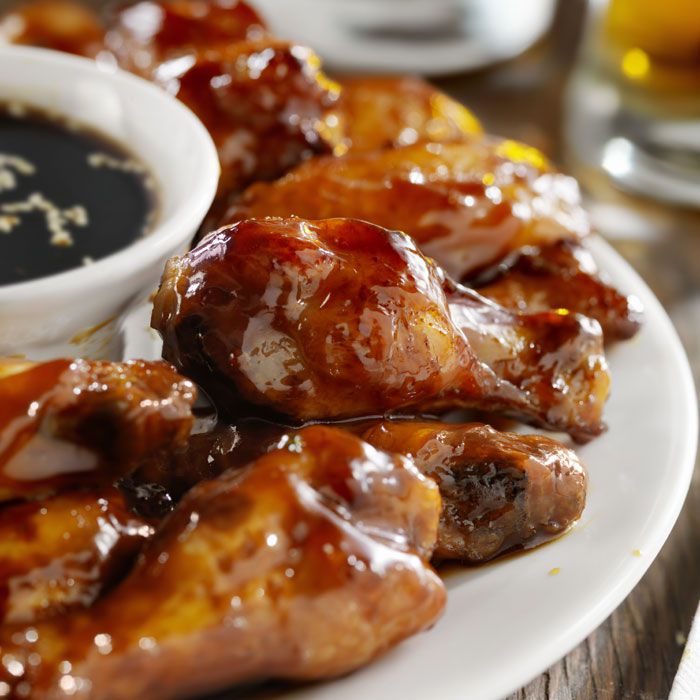
45. Prioritize Protein
At parties or late-night events, your snack options might not be ideal. But if you can choose, go for the protein: grilled chicken, nuts, or even lean meat over chips or crackers. Protein helps you feel fuller faster and longer, lowering your chances of overeating sweets later. Christopher Ochner, Ph.D., suggests protein-first choices as a practical strategy in social situations.

46. Own the Incline
Hills don't have to be intimidating. Olympic cyclist Georgia Gould recommends staying one step ahead—shift gears before the climb gets hard, and keep your cadence smooth. The goal is to maintain rhythm and momentum, not power through in pain. Anticipation, not panic, is your best ally when the road turns upward.

47. Let the Day Flow
Not every day is perfectly structured, and that’s okay. Shayne Staley, NYC personal trainer, emphasizes adaptability. Life happens—plans change, energy dips, things get chaotic. Instead of resisting it, accept the moment and adjust. You’ll avoid burnout and keep a more sustainable relationship with your fitness journey.
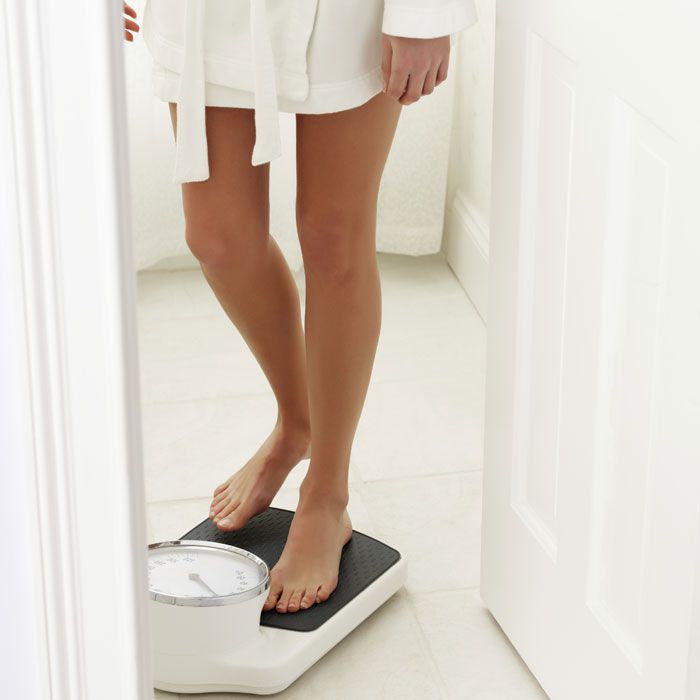
48. Stop Obsessing Over the Scale
Daily weigh-ins can feed anxiety more than accountability. Elle Penner recommends checking your progress weekly—either by using a scale or trying on your favorite fitted jeans. The latter may actually give you better feedback on body composition and tone. Consistency matters, not micro-shifts.

49. Protect Your Feet in Cold Weather
Winter runners, take note: not all running shoes are created equal in the cold. Avoid polyurethane midsoles, which stiffen in freezing temps. Look for EVA foam or insulate your shoes with GORE-TEX fabric or even duct tape. Exercise physiologist Polly de Mille reminds us that keeping feet warm isn’t just about comfort—it’s about injury prevention.
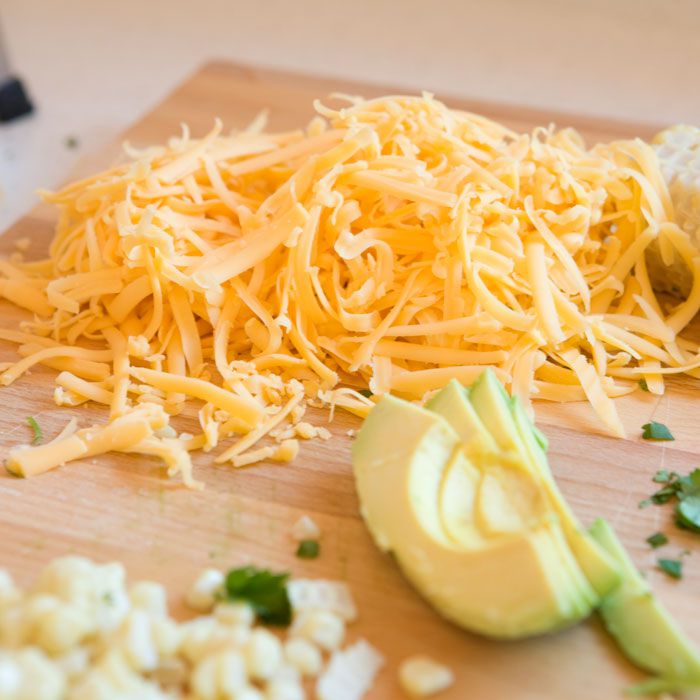
50. Fat Isn’t the Enemy
“Fat-free” doesn’t always mean better. Cornell University research found that people often eat more of fat-free products, thinking they’re healthier. Most of these foods only cut about 15% of calories, but they can lead to overconsumption. Instead, eat smaller portions of the real thing—it’s more satisfying and helps you eat mindfully.
Here’s a final, personalized wrap-up section to extend the article in your preferred style:
Beyond the Basics: Real Talk About Fitness, Habits, and What Actually Works
Now that we’ve laid down 50 solid fitness strategies—from kettlebell swings to post-lunch timing—it’s worth stepping back and reflecting on how these pieces fit into your real life. Because let’s face it: You can read every tip, buy every gadget, and still find yourself stuck.
Why? Because consistency beats intensity. Always.
Fitness isn’t a 30-day challenge, a single supplement, or a perfect week. It’s a layered, evolving journey that reflects how well you know your body, your triggers, your limits, and your drive. Some days you’ll feel like crushing a PR. Others, you’ll barely crawl out of bed—and that’s okay.
What really changes the game?
-
Understanding your motivation. Is it health? Confidence? Energy? Find the reason you care—and remind yourself of it often.
-
Building routines around your life, not against it. Morning person? Workout early. Hate the gym? Dance in your living room. There is no “right” path—just the one that fits.
-
Tracking progress beyond the scale. Strength. Sleep. Mood. Endurance. Flexibility. All valid, all worth celebrating.
-
Giving yourself grace. One missed workout doesn’t cancel a week of effort. Fitness isn’t all or nothing—it’s all about coming back.
And most importantly…
You don’t have to do all 50 things to succeed.
Start with three. Pick the ones that speak to you, feel manageable, or make you curious. Build from there. The fittest people aren’t perfect—they’re just relentlessly consistent, even when life throws chaos their way.
So take these tips, not as a checklist, but as a toolbox. Use them to sculpt a lifestyle that energizes you, makes you feel strong in your skin, and gives you the kind of vitality that makes people ask, “What’s your secret?”
You’ll know the answer. And it won’t be a secret. It'll be earned.











